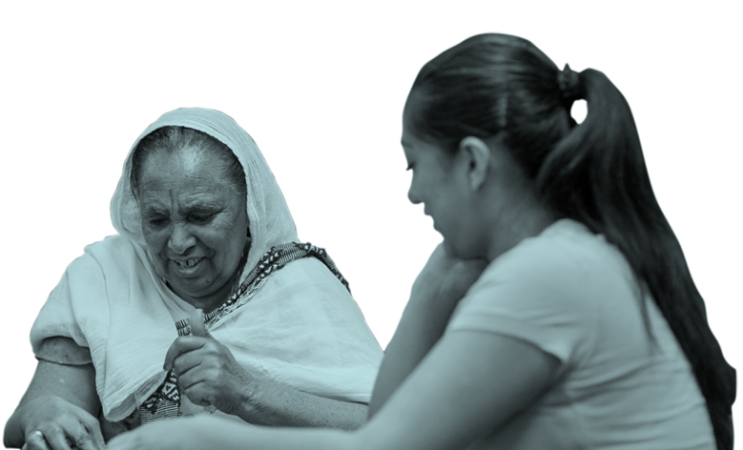Spark. Transform. Mobilize.
Model High Expectations for All Students
The previous installment of our series about culturally responsive teaching outlined ideas and curriculum resources for bringing real-world issues into the classroom. As we continue to explore each of the eight competencies of culturally responsive teaching outlined in New America’s culturally responsive teaching reflection guide, we’ll next look at modeling high expectations for all students. High expectations of learners–from their tutors and teachers and for themselves–help them believe in their own efficacy and competence which help propel them forward during challenging learning activities.
Educators who have high expectations for their learners have the following characteristics:
- They are aware of the unconscious bias they may have and how it can impact their expectations for their BIPOC learners and thereby, the expectations BIPOC learners have of themselves.
- They believe all learners can meet high expectations, and they intervene if learners disengage with learning.
- They take the following actions to communicate high expectations for learners: equally distributing their eye contact and proximity to both high- and low- performing learners, ensuring a rigorous curriculum for all, and they communicate that learners’ opinions are important.
Educators who model high expectations for all learners also engage with some of the following questions through journaling and discussions with colleagues:
- How do I communicate high expectations to all learners, including those who have historically been marginalized?
- How do I help learners continuously remain engaged in learning and develop high expectations for themselves?
- What support do I provide learners so they can meet rigorous standards?
- What are my short- and long-term goals for developing this competency? What support do I need to continue this work?
Learners will notice if you do not have high expectations for them. This is particularly dangerous as they can internalize low expectations for themselves as a result. Keep expectations high and take a step today to begin incorporating this competency into your work with learners!
For questions or comments about this tutor tip, contact Tutor Training Coordinator, Meghan Boyle at [email protected].
References
Muniz, J. (2021). Culturally Responsive Teaching: A Reflection Guide. Washington DC; New America.


